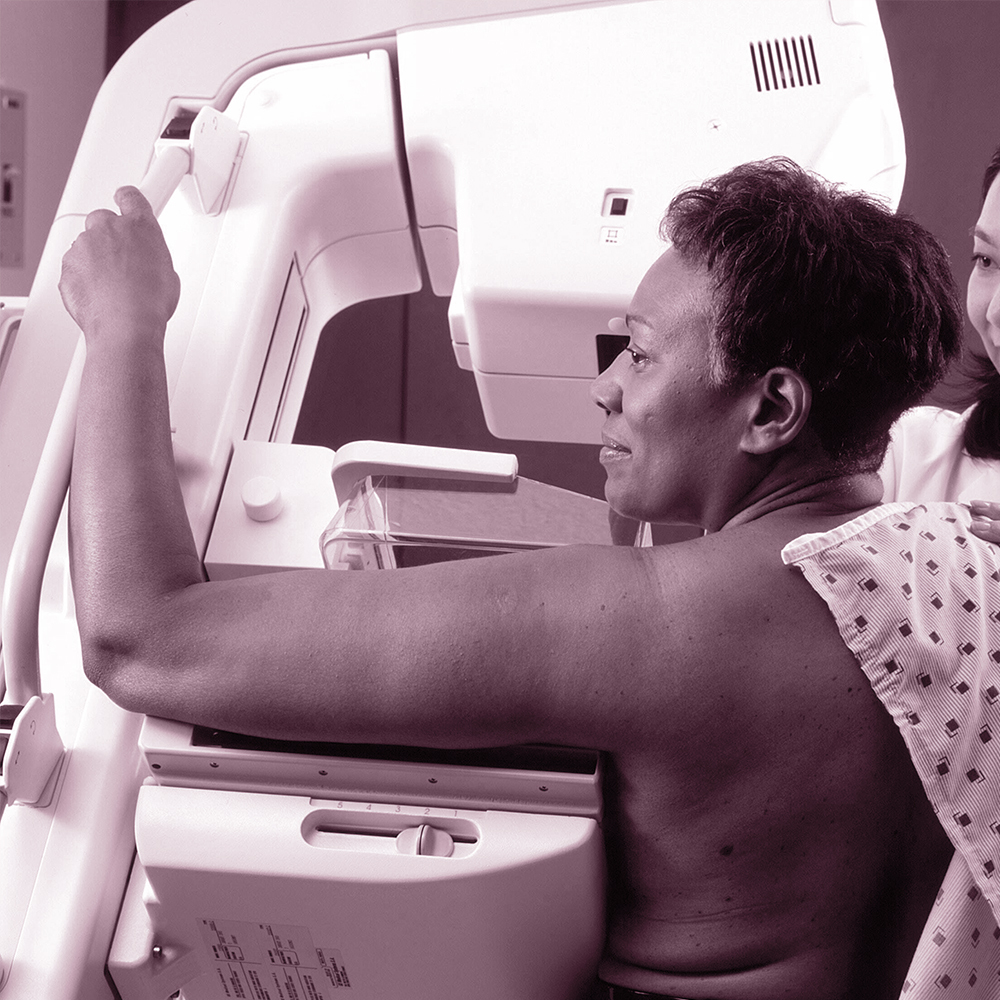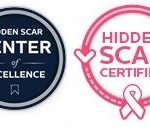Dr. Valerie Gorman of the Texas Breast Center released an article this week on the importance of
breast cancer screening. In the article, she discussed different screening methods as well as when
and how often different patients should be screened.

Dr. Gorman discussed on the difference between mammograms, breast MRIs, ultrasounds, and
clinical exams, explaining the pros and cons of each. For example, “Mammography is the easiest
screening test to access and has been found to find DCIS and other breast cancer tumors reliably,
and is best for average-risk women. However, 5-15% of mammograms need a follow-up by
another test for clarification.” These follow-ups usually take the form of one of the other tests
mentioned to get a more detailed look at any abnormalities within the breast or see past dense
breast tissue.
While it is recommended that breast self-checks begin as breasts start development, professional
screening starts later. Depending on personal history, family history, and other risk factors,
clinical breast screening begins around the age of 25.
Dr. Gorman advises speaking with a doctor or medical professional to decide on the best rate and
method of breast cancer screening. Dr. Gorman is a breast surgeon with a specialty in surgical
oncology and surgical diseases in the breast. She is the Chief of Surgery and Medical Director of
Surgical Services at Baylor Scott & White Medical Center in Waxahachie and is board certified
by the American Board of Surgery. She is committed to keeping her patients fully informed and
offering personalized and targeted breast cancer treatment plans.
Distribution Links +
- ktvn.com
- snntv.com
- rfdtv.com
- wfmj.com
- htv10.tv
- central.newschannelnebraska.com
- metro.newschannelnebraska.com
- southeast.newschannelnebraska.com
- midplains.newschannelnebraska.com
- northeast.newschannelnebraska.com
- plattevalley.newschannelnebraska.com
- panhandle.newschannelnebraska.com
- rivercountry.newschannelnebraska.com
- wrde.com
- wpgxfox28.com
- wdfxfox34.com
- lifestyle.mykmlk.com
- wtnzfox43.com
- lifestyle.3wzfm.com
- wboc.com
- wicz.com



